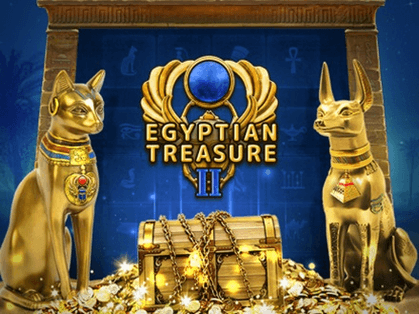TikTok Inc.’s political troubles seemed far away in Cannes, where advertising executives swarmed the short video app’s booth at a week-long industry extravaganza in Southern France.
The company opened a pop-up stage at the glitzy Carlton hotel, its largest presence to date at the Cannes Lions International Festival of Creativity. Under a marquee where visitors listened to a live DJ and sipped rosé, marketers showed little concern over the threat of bans or calls to split TikTok from its Chinese owner, ByteDance Ltd. Many said they plan to send more business to the platform.

“We want to be where the eyeballs are,” Dani Benowitz, US president of the ad agency Magna Global, said on Wednesday at TikTok’s stage. Shyam Venugopal, a senior vice president at PepsiCo Inc., described the app as a “marquee partner.”
That’s a marked contrast with the way US officials speak about TikTok’s security risks and powerful algorithms. On Thursday the company announced that its longtime public face, chief operating officer V. Pappas, was stepping down, and it named Walt Disney Co. veteran Zenia Mucha as communications chief.
Read More: Why the U.S. and Other Countries Want to Ban or Restrict TikTok
France is one of several countries this year that banned the app for public employees. Yannick Bolloré, the chief executive officer for French media giant Havas Group, said his clients were seeing “a lot of traction” on TikTok, dismissing the idea that the app only appealed to teenagers. “It’s perceived as being a platform which is used by kids. But in fact, it’s much more general,” he said in an interview.
Bolloré also works with ByteDance in China, where he said Havas Group is continuing to invest in its operation there. He said this expansion hasn’t faced political problems. “We try not to get engaged into politics,” he added.
TikTok is expected to generate more revenue from ads in the US this year than rival social media sites Snapchat and Twitter, according to Insider Intelligence. That huge growth comes only a few years after the app began introducing ads. Qustodio, a maker of parental control software, analyzed 400,000 family accounts for TechCrunch and found that American teenagers and kids spent an average of 99 minutes a day on TikTok in 2021, compared with 61 minutes on YouTube.
The platform’s appeal centers on its popularity and stable of young stars. Neil Waller, CEO of influencer marketing firm Whalar, said spending on TikTok’s online personalities is starting to catch up to the amount pouring onto larger platforms. Brands that use his service, which works with about 30,000 online creators, now spend about as much for online stars to market products on TikTok as they do on YouTube and Instagram. “It surprised us, too,” Waller said.
In recent years, both Instagram and YouTube have raced to copy TikTok’s short-form video features. In a way, that may have helped marketers stick with TikTok despite the threat of it being cut down by politicians. As the tech platforms become more similar, online creators can easily jump from one to the next. That’s also given marketers more comfort spending on TikTok, said Waller. If the app disappears, advertisers can easily take the same ad campaigns and strategies elsewhere.
Read More: What to Know About the TikTok Security Concerns
YouTube and TikTok phenom David Dobrik, who has more than 26 million followers on each platform, was hanging out at the Snap Inc. cabana.
“They’re not so worried about the switching costs,” said Waller. “‘We’ll pick it up and carry on to the next thing.’”
—With assistance from Alex Barinka.